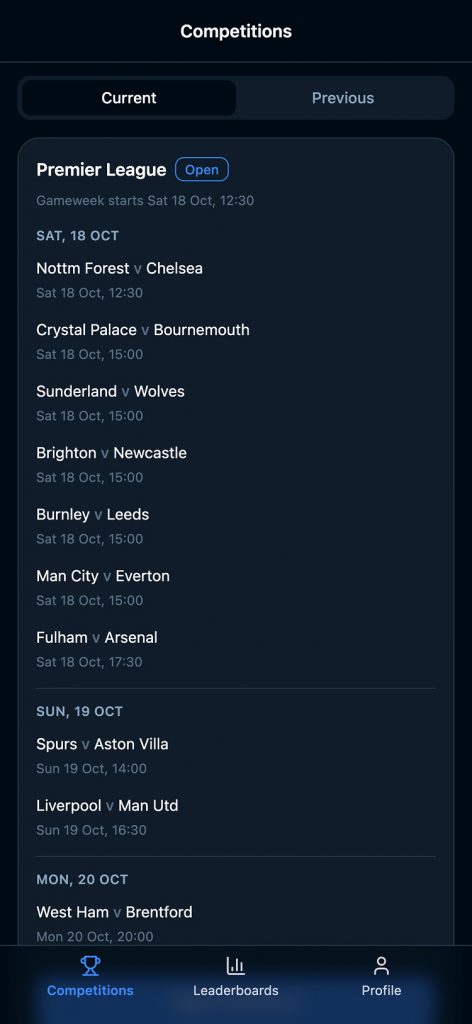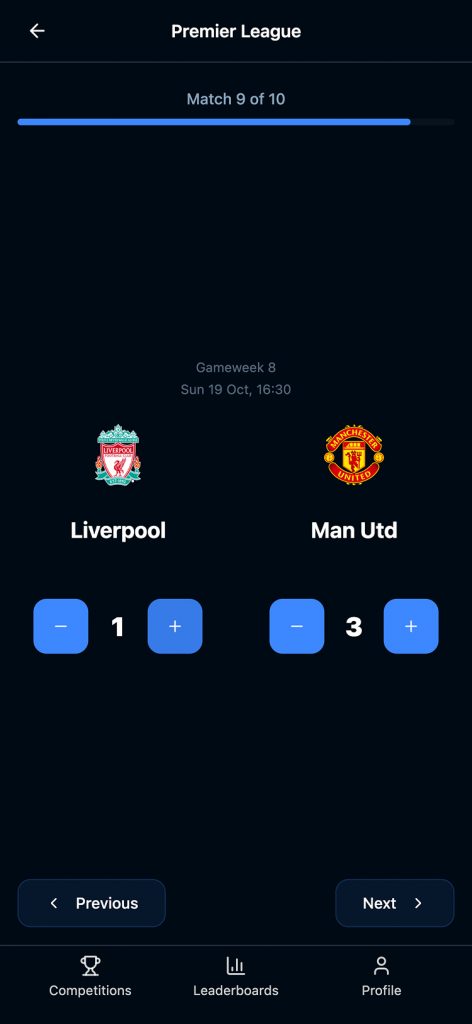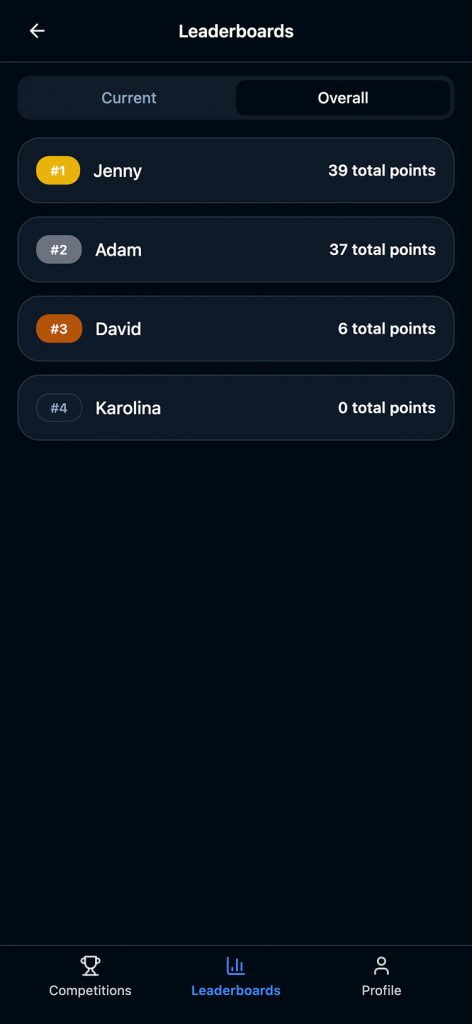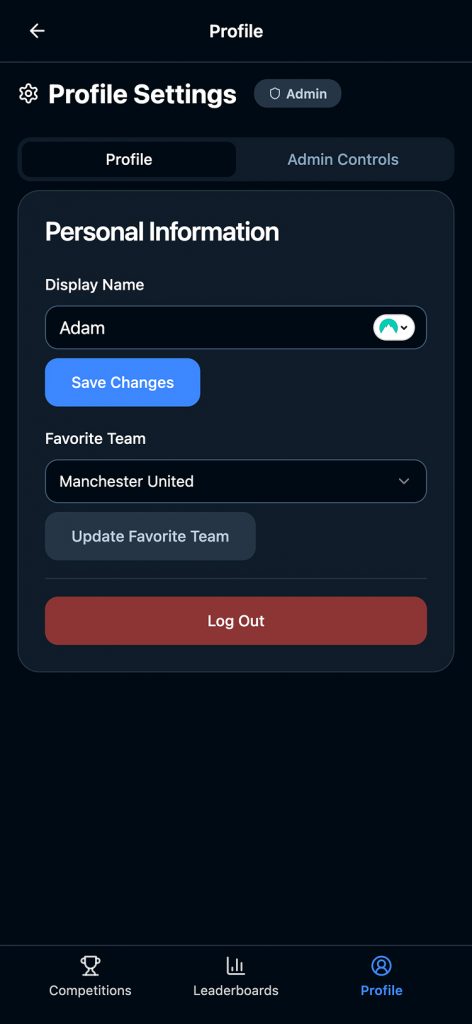How It Started
Match Picker started as a small personal project, a simple football prediction app for friends, and it turned into a bigger learning exercise. The idea is straightforward. People pick Premier League results. The app updates scores and leaderboards automatically. Under the hood it became a way to learn by building, mixing AI-generated code, live data, and automation to ship a real MVP.
Why I Built It
I wanted to learn by doing and see how AI could support a designer from idea to working code. I’ve got some older coding experience, but I’d never taken something end to end on my own. The goal wasn’t perfection. It was to understand how to collaborate with AI, structure the logic, and make something real that can grow.
How It Came Together
I tried a few tools at the start. I set up Cursor and spent a few hours testing, but it didn’t feel like the best fit for how I work. That sent me looking around, which is when I found Lovable. Lovable made it easier to iterate, test, and host everything in one place, so I committed to it for the rest of the build.
Supabase handled authentication and data storage. The app connects to a live football API to pull fixtures and results. With that in place, Match Picker runs itself. It fetches fixtures, opens and closes predictions by gameweek, and updates scores after matches finish.
This was my first proper go at what I call vibe coding, building conversationally with AI. Getting a first version up was quick. Most of the learning came from debugging, testing edge cases, and tightening how components and data flow fit together.
Halfway through I added a small design system. In hindsight it should have been there from day one. Even with AI in the loop, the usual design discipline still pays off because it keeps the codebase consistent and easier to scale.
Where It’s At Now
Match Picker is a working MVP used by a small group of friends each week. It pulls live match data, stores predictions and results in Supabase, and manages gameweeks and scoring without manual updates.
The bigger win was figuring out how to work productively with AI. I learned when to trust the output, when to step in, and how to guide it with clearer prompts. AI is not a shortcut. It accelerates learning and lets you try more ideas, as long as you keep structure in mind
Key Learnings
• AI speeds up the start, not the finish. Getting an MVP live is fast. Making it stable still takes time and care.
• Plan structure early. A simple design system and clear data model up front saves rework.
• Be specific with prompts. Clear direction gets better code. Vague asks lead to clean up.
• Debugging teaches the most. Fixing issues is where you learn data flow, state management, and component logic.
Wrapping Up
This project showed how design and AI can meet in the middle. AI did not replace the craft. It helped me learn faster, test ideas, and turn a sketch of an idea into something people can use. I’ll keep building on Match Picker and apply the same approach to new projects. Learn by building, and let AI help you move quicker without losing structure.




